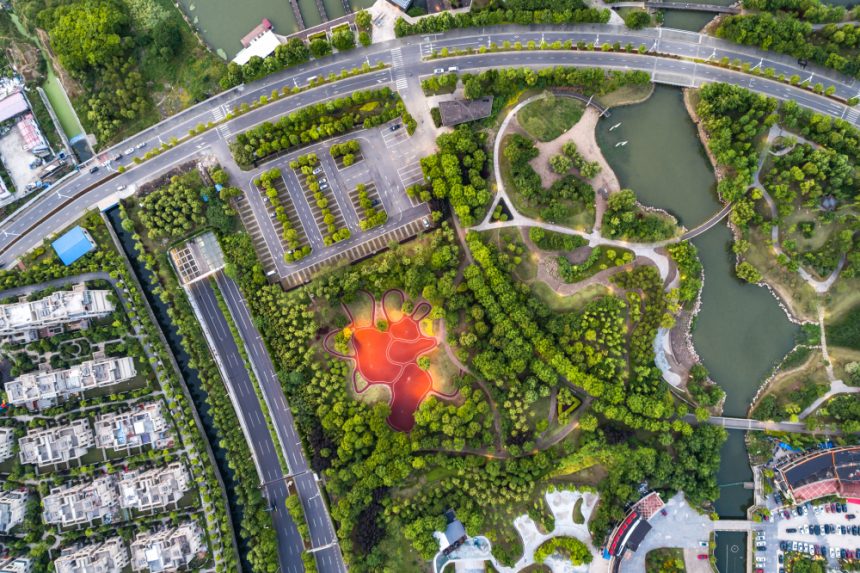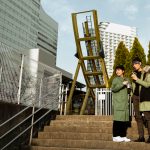Cities are constantly evolving—to be more livable, more sustainable, and more beautiful. One of the most exciting trends in urban development today is the integration of plants into city infrastructure. No longer just decorative features, city plants now play a functional role in improving air quality, managing water runoff, reducing the urban heat island effect, and creating vibrant community spaces. Let’s take a closer look at some remarkable examples from around the globe that show how greenery is transforming urban landscapes in innovative and practical ways.
How Urban Greenery Is Transforming City Infrastructure: Remarkable Examples from Around the Globe
Across the world, cities are recognizing that greenery can do more than make streets prettier—it can be a key part of the infrastructure that supports healthier urban living. Think of green roofs, vertical gardens, green corridors, and urban forests. These aren’t just aesthetic choices—they serve specific environmental, social, and economic purposes.
Singapore is often called the “Garden City,” and for good reason. It’s a prime example of how urban design can integrate vast rooftop gardens on commercial, residential, and institutional buildings. These rooftop gardens are more than pretty landscapes; they help in managing stormwater runoff, reducing heat absorption, and lowering energy consumption by insulating buildings. The city’s “Garden in a Box” program encourages residents to add small green patches to their homes, fostering community engagement and awareness about sustainability.
In New York City, the High Line is a standout example. Once an abandoned elevated railway track, it was transformed into a lush, green public park that stretches along Manhattan’s west side. This innovative space not only provides residents and visitors a peaceful retreat amid the city’s hustle but also brings ecological benefits like habitat creation for birds and insects, thus boosting urban biodiversity. Through careful planting and maintenance, the High Line manages stormwater, reduces heat, and reconnects neighborhoods with nature.
Meanwhile, Seoul has taken vertical greenery to a whole new level. Entire building facades are covered with vertical gardens—living walls that clean the air, reduce noise, and turn ordinary buildings into striking architectural landmarks. These green walls help mitigate pollution, cool the building interiors, and even provide privacy for residents. City authorities actively promote such initiatives as part of their efforts to combat air pollution and create appealing cityscapes.
These examples demonstrate how integrating plants into city infrastructure provides multiple benefits—from environmental improvements and energy savings to community livability and aesthetic appeal. Cities that embrace this approach are not only fighting climate change but also crafting more inviting urban environments.
Creative Ways Cities Are Incorporating Plants into Urban Infrastructure to Build Greener, Cooler, and More Sustainable Cities
The creative use of plants in cities isn’t limited to traditional parks or street trees. Today, smart urban design incorporates greenery directly into buildings, streets, waterways, and public spaces, making cities greener and more sustainable in the process.
Green roofs are a perfect example. Cities like Paris have embraced extensive green roof programs, covering the tops of both public and private buildings. These roofs act as insulators, reducing heating and cooling costs, and they absorb rainwater to prevent flooding. Plus, they create additional habitats for insects and birds in densely populated areas where green space is limited.
Vertical gardens, or living walls, have become a popular feature in global cities such as Tokyo and London. These installations cover blank building facades with lush plants, helping to improve air quality, add beauty, and insulate the building. Indoor and balcony gardens are also on the rise, especially in compact cities where space is tight. For example, Tokyo residents with limited outdoor space grow plants on balconies or even inside their homes, fostering a cultural connection to nature and boosting mental well-being.
Beyond buildings, cities are enhancing their streets and waterways with bioswales, rain gardens, and urban forests. Bioswales—vegetated channels that direct stormwater runoff—help filter pollutants before they reach rivers and lakes, while also adding greenery to streets and reducing heat. In Portland, Oregon, extensive rain gardens have been integrated into neighborhoods as part of a stormwater management plan, transforming concrete-lined streets into vibrant, green corridors.
These plant-powered infrastructure elements don’t just make cities look better—they significantly cool microclimates, reducing the “urban heat island” effect that makes cities noticeably warmer than surrounding areas. They also cut down on energy use and costs, improve air quality, and provide residents with healthier, more enjoyable environments.
All these creative initiatives show how cities around the world are rethinking their infrastructure. By integrating plants into everything from rooftops to building facades and streets, they are creating resilient, sustainable urban spaces that prioritize the health of their residents and the planet. The future of urban living is undoubtedly greener—and full of possibilities for innovation and community engagement.
In Summary
Cities worldwide are proving that plants are more than just décor—they are essential infrastructure components. From Singapore’s rooftop gardens to New York’s High Line, Seoul’s vertical greenery, and Paris’s green roofs, urban plants are making our cities cooler, cleaner, and more beautiful. As urban centers continue to grow and face climate challenges, integrating greenery thoughtfully into infrastructure will be key to creating sustainable, resilient, and livable cities for generations to come. Nature isn’t just part of the city; it is becoming the city’s backbone for a healthier urban future.






